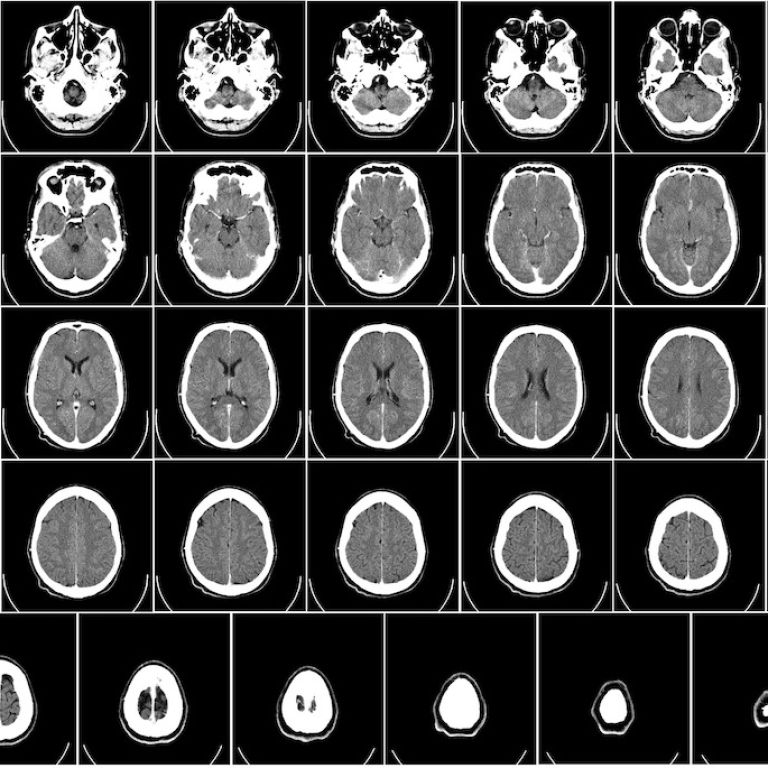Introduction
The AI in Genomics Lab is a cross-disciplinary research group which aims to transcend the disciplinary boundary of genomics. We integrate data science, machine learning, and biology approaches to decipher disease mechanisms by finding cell morphologies and molecular profiles associated with disease progression. Such knowledge is demanded for precision medicine and the therapeutic development of small molecules and their delivery to target regions.
This research lab is directed by Dr. Jian Hu, Assistant Professor of Human Genetics at Emory School of Medicine.

Research
Developing machine learning tools for single-cell RNA sequencing analysis
The advent and rapid development of single-cell technologies have made it possible to study cellular heterogeneity at an unprecedented resolution and scale. Cellular heterogeneity underlies phenotypic differences among individuals, and studying cellular heterogeneity is an important step toward our understanding of the disease molecular mechanism. Single-cell technologies offer opportunities to characterize cellular heterogeneity from different angles, but how to link cellular heterogeneity with disease phenotypes requires careful computational analysis. This project proposes to develop computational strategies for the analysis of single-cell data for various purpose, including batch effect removal, missing gene imputation, cell type identification and cell differentiation trajectory. We also describe how single-cell data can be integrated with bulk tissue data and data generated from genome-wide association studies.
Deciphering tissue microenvironment from spatial transcriptomics
Recent technology advances in spatial transcriptomics (ST) have enabled gene expression profiling while preserving spatial location information in tissues. ST has been applied to study diverse tissues, and these applications have transformed our views of transcriptome complexity. A popular ST technology is based on spatial barcoding followed by next-generation sequencing in which transcriptome-wide gene expression is measured in spatially barcoded spots. Data from ST technologies are typically complemented by high-resolution hematoxylin and eosin (H&E) stained histology images of the same tissue section, which are invaluable for examining cellular morphology and how it changes over embryonic development or disease progression. This project proposes to develop computational tools to combine gene expression and histological features within spatial context to inform the origin, developmental trajectory, and progression of complex diseases.
Developing label-free analytic tools for digital pathology
The adoption of digital pathology has enabled the curation of large repositories of gigapixel whole-slide images (WSIs). WSIs are invaluable for examining cellular morphology and how it changes over embryonic development or disease progression. Many existing methods employ well-trained deep neural networks to extract image features from histology images, and then use these image features for downstream analysis. A drawback of using deep neural networks, e.g., ResNet and Vision Transformer (ViT), is that these models require a large number of well-annotated images from pathologists for model training, which limits their usefulness. This project aims to develop label-free machine learning method for medical imaging data analysis. The developed tools be easily applied to studies where training samples are not available and bypass cumbersome labeling steps.
News
3/12/2024: Unveiling the Impact of AI in Genomic Medicine – Insights from My Latest Interview by SEQanswers
I recently had the opportunity of being interviewed by SEQanswers, where I delved into the transformative power of Artificial Intelligence in the world of medicine. We’re standing on the brink …
12/8/2023: Jing Huang won 1st place in the Patel-Naik Award
Congratulations to Jing Huang on winning 1st place in the Patel-Naik Award! This achievement is particularly impressive given the highly competitive nature of the award, with many of the contenders …
11/5/2023: AI in Genomics Lab attended ASHG 2023
Posters presented by lab members: Chenyang Yuan: Integration of label-free, interpretable image features with spatial molecular profiles.(PB5093) Yefeng Yang: Efficient quantification of pattern similarity between spatial genomics and cell morphology. …







